As crypto continues to mature, financial advisors are gaining more tools and options to offer digital asset exposure to their clients. One of the most notable developments is the increasing presence of crypto products within platforms and frameworks traditionally used by financial planners and asset managers. From model portfolios and ETFs to digital asset indices and SMA platforms, crypto is no longer a fringe allocation, it’s being integrated into the heart of mainstream finance.
Firms like Franklin Templeton, Bitwise, and WisdomTree are leading the charge. They’re building investment vehicles that plug directly into the tools advisors already use, such as turnkey asset management platforms (TAMPs) and unified managed accounts (UMAs). This allows wealth managers to blend digital assets with traditional holdings like equities and bonds, all within a single structure. It’s a major shift from the early days when advisors had to rely on clunky workarounds or direct custody solutions to access crypto.
Education is also evolving alongside access. Companies are investing heavily in advisor training and compliance support to help wealth managers navigate the regulatory and operational aspects of crypto. Platforms like Onramp and Eaglebrook are offering integrated solutions that pair model portfolios with direct indexing strategies and tax optimization features. The goal is to make crypto just as familiar and manageable as any other asset class.
At the same time, new indices and benchmarks are emerging to give advisors the tools they need to measure performance, assess risk, and report to clients in language they understand. This helps demystify the asset class and aligns crypto with existing standards in financial planning. As more advisors become comfortable with these tools, digital assets are poised to play a more significant role in diversified, long-term portfolios. With stablecoin adoption rising and tokenization gaining ground, the infrastructure is catching up to the demand and advisors are taking note.

.svg)


























































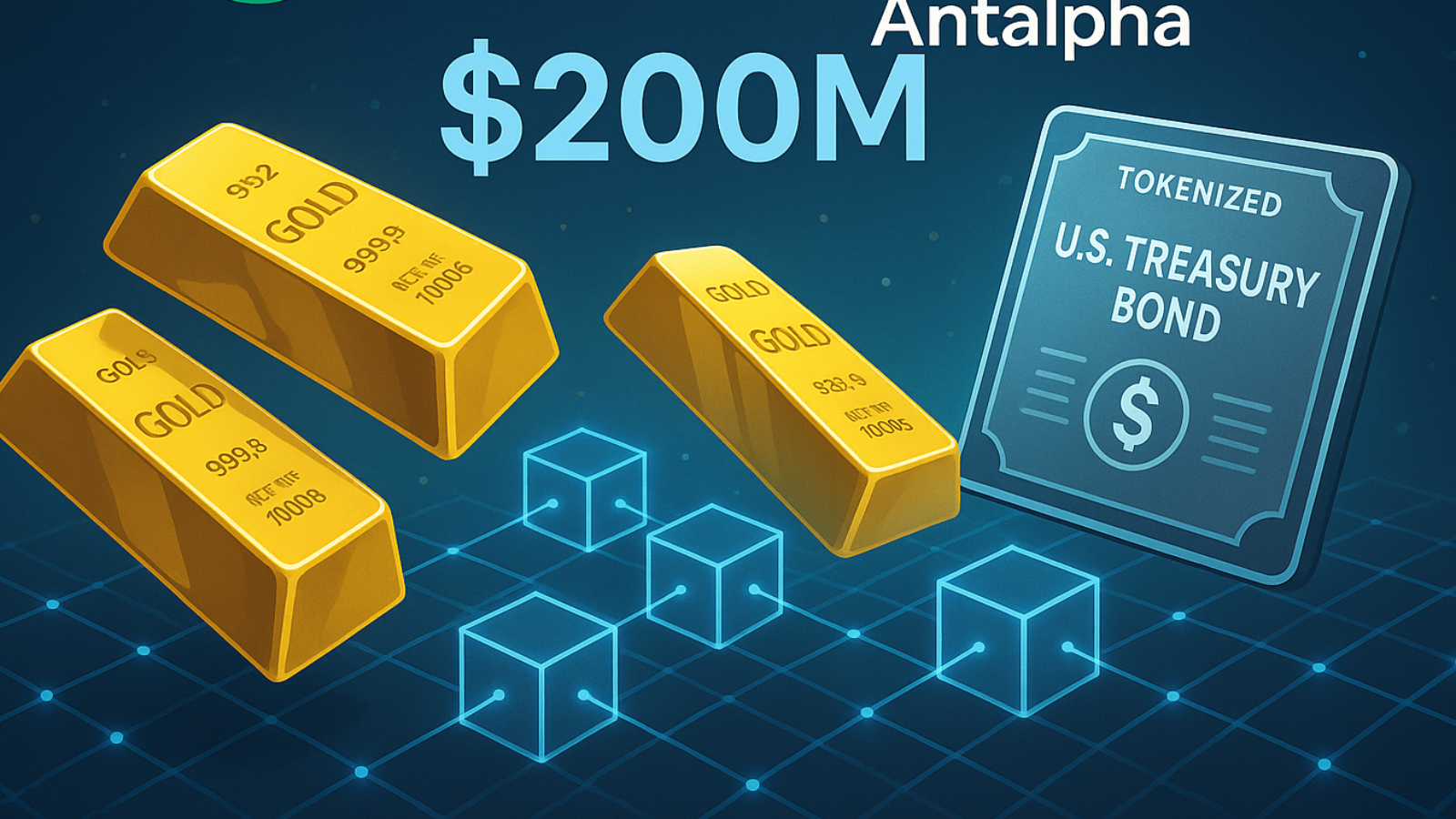








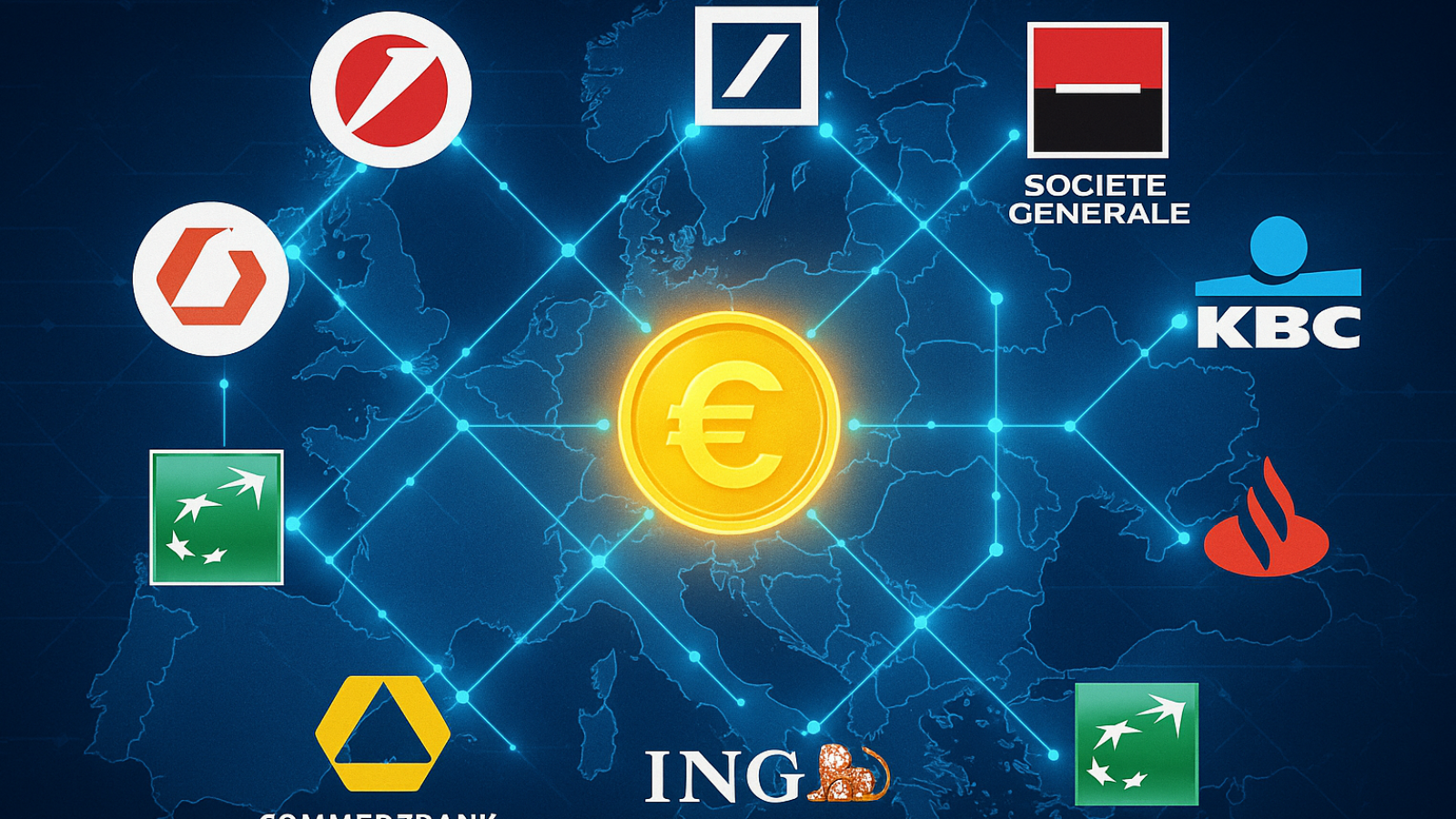

















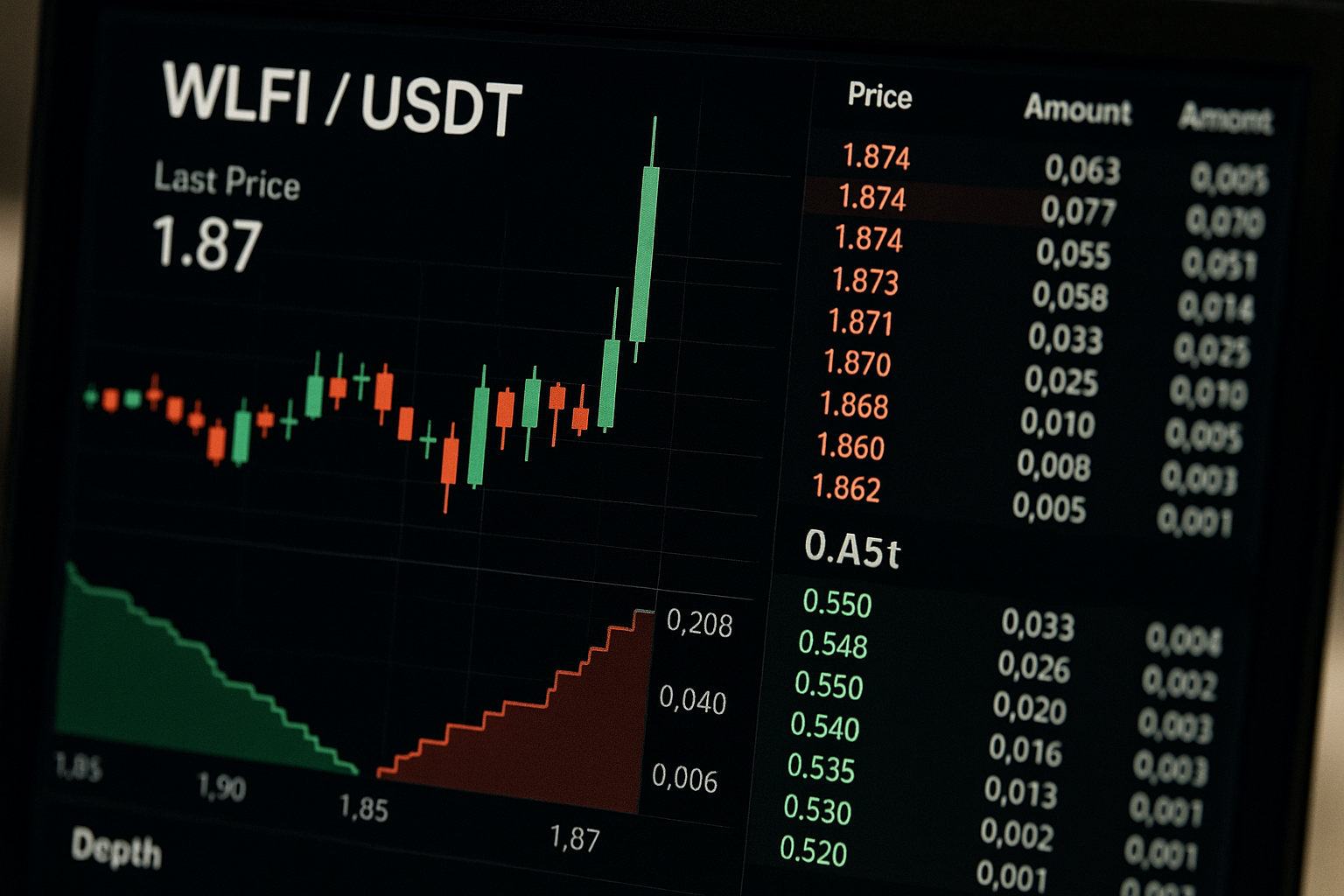





.png)
.png)


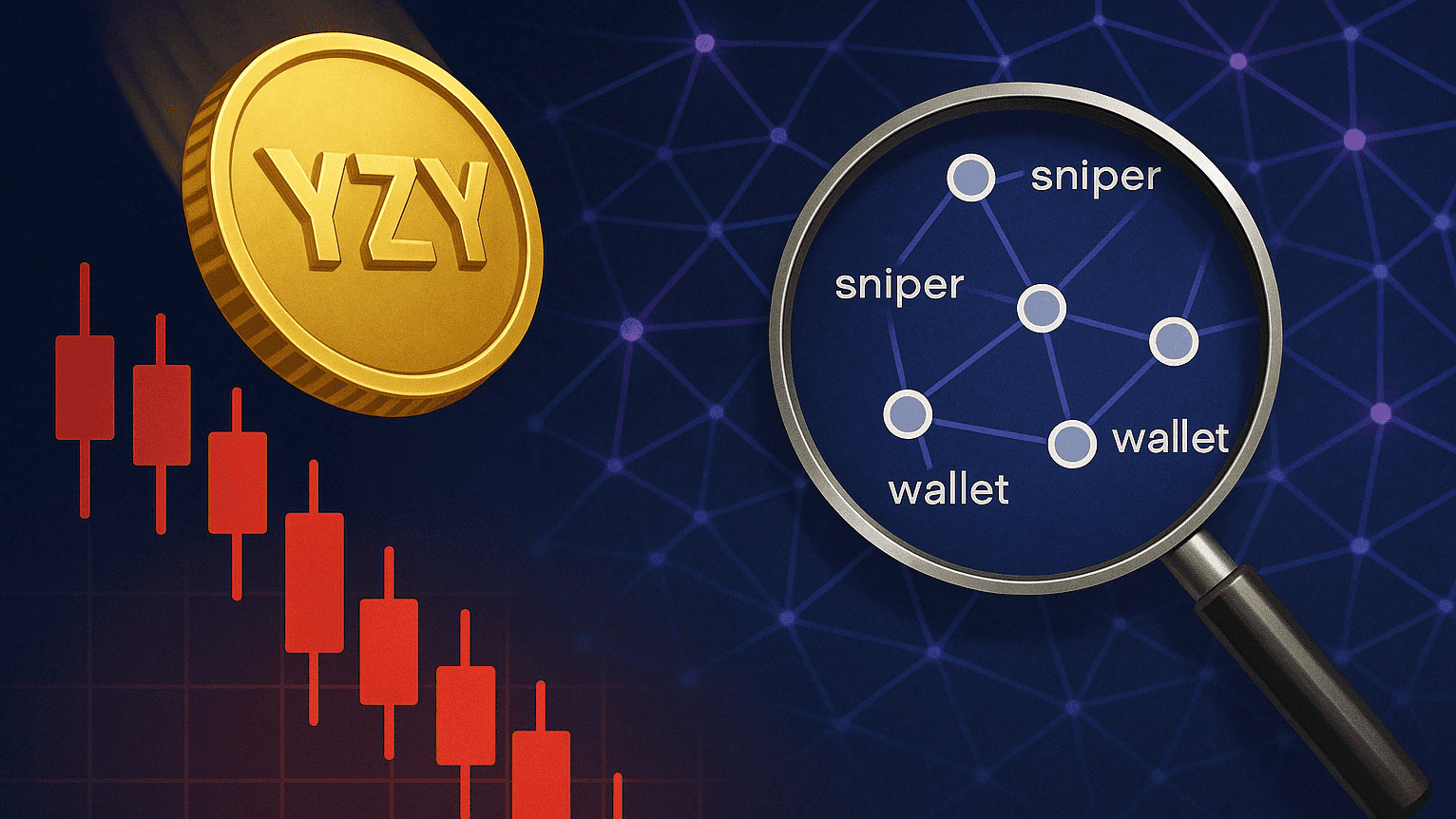
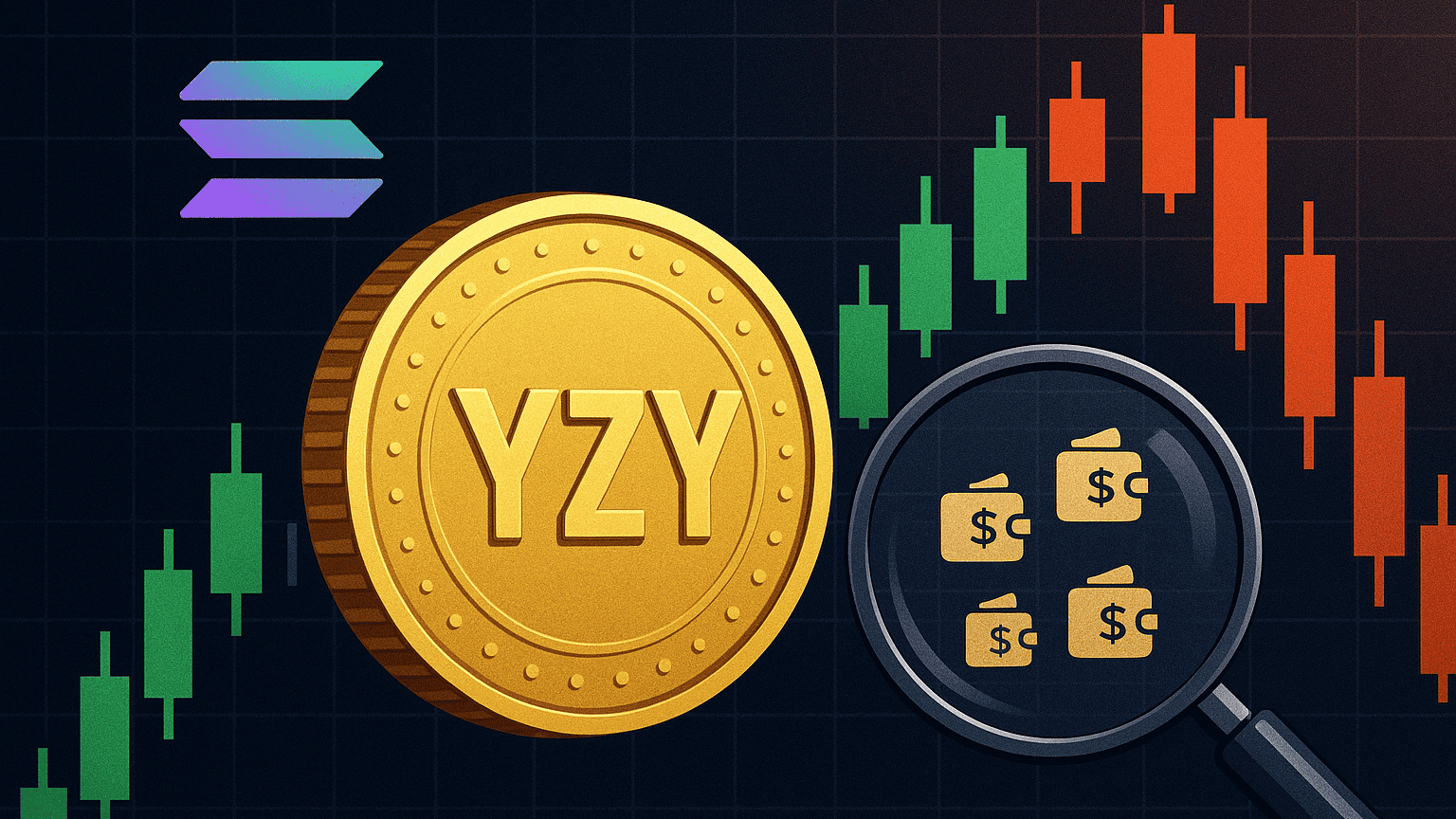









.svg)
.svg)
.svg)
.svg)
.svg)
.svg)